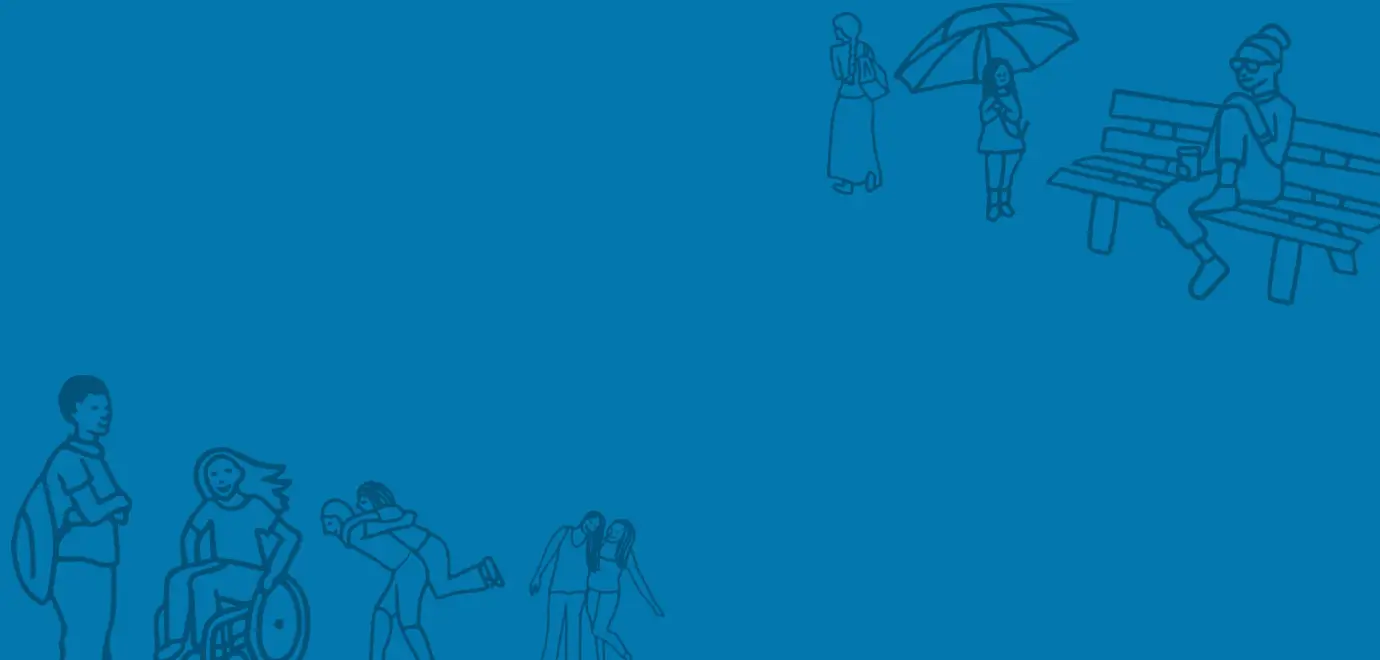We know that the health of the environment is one of children’s greatest concerns, as outlined in Issue 1 of our Children’s Insights reports.
The word ‘environment’ is likely to stir a very different reaction amongst children than it used to. Many children face the incompatible situation of a lifestyle divorced from nature, and mounting anxieties about a responsibility to protect it. Repeated alarm about climate change, polluted land and air pollution, is producing a cohort of children less scared about the monster under the bed than what might be waiting outside the front door. This is not surprising considering the disturbing prognosis from scientists on the future of the environment.
When councils list green spaces as ‘liabilities’ on balance sheets, they invite myriad negative effects on children. Pushing green initiatives to the bottom of the agenda has seen 92% of councils reduce park funding since 2010. Not only does their subsequent decay damage local climate and ecology; it poses the same risks to the physical and mental health of children. Activity levels may reduce and exacerbate obesity, whilst kids are unable to reap the mental wellbeing benefits widely acknowledged to be gained from interaction with nature – such as reduced stress or anxiety, and improved social inclusion and feelings of safety.
Furthermore, without funding for its upkeep, precious green space may become hazardously unclean and vulnerable to antisocial behaviour. Of course, the problem spirals. When children spend less time outdoors engaging with nature, they are bound to value it less. In turn, schools, councils and other access providers may see it increasingly as less of a priority within already stretched budgets, and thus the cycle continues. Research suggests financially disadvantaged and BAME children are most likely to bear the brunt, with children in these categories significantly less likely to enjoy the natural environment.
Green space raises outdoor air quality, reduces heat and reduces flood risk. Lack of engagement with or access to precious, natural environmental areas, means that children are spending more time inside, heightening exposure to indoor air pollution. This lesser-known hazard is not to be underestimated. Indoor air pollution is often many times more harmful than outdoor, with children’s bedrooms frequently disproportionally affected.
So, how can we foster a scenario where children want to – and can – engage with, nurture and positively contribute to the environment? We can begin with education on individual lifestyle tweaks, doing all we can to stop idling cars outside schools, and providing greater investment in outdoor activity clubs (see our Manifesto for Children).
However, for children to comfortably spend more time outdoors, safer roads must be a bigger priority. Road accidents comprise over 50% of accidental deaths amongst 5-14 year olds, the majority of which occur within 1km of the victim’s home – and financially disadvantaged kids are far more likely to be killed on the roads than children from better off backgrounds.
There is also evidence that children up to age 14 have limited visual perception and are incapable of detecting vehicles faster than 20mph, rendering aspects of road safety education redundant. And the increased risk of death or serious injury from an accident at 30mph compared to 20mph is five times higher. With this level of danger outside, it’s no wonder many children are playing out and engaging with their environment less.
Whereas 20mph restrictions around schools are welcome, only 15% of children’s outdoor activity is actually connected to these areas. There is also a concern that such policies, restricted often to ‘hotspots’, encourage accident migration, whereby motorists change routes rather than behaviour, merely relocating risk. Hence why some argue that wide-area 20mph defaults should be applied to all residential zones – a policy planned for adoption by the Welsh government.
If environmental neglect continues and we fail to help children reconcile with the natural world, we risk generations of disengagement and damage not just to this generation, but also generations to come.





